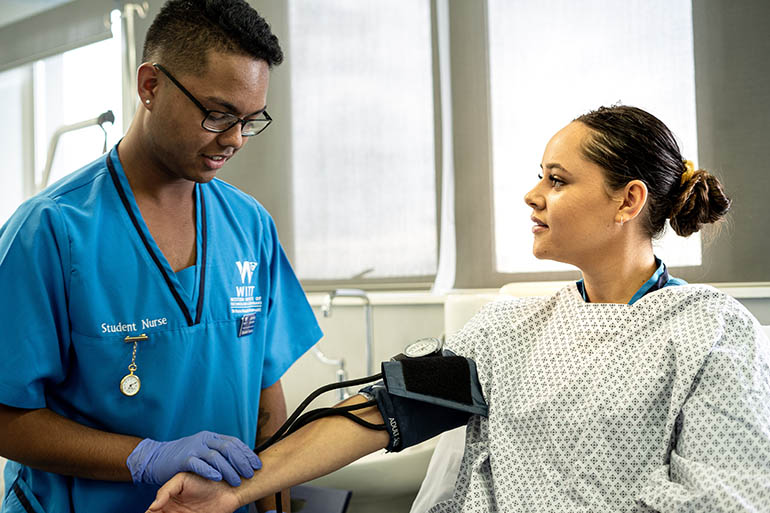Kaiāwhina health workforce
On this page
What we’ve heard
Health underpins the vitality of our people and without a well-functioning health system, our whānau, communities, and economy suffers. Ensuring we have an effective, resilient health workforce demands that all members of the sector are supported.
This workforce is typically associated with registered professionals such as nurses and doctors. However, we acknowledge that there is an opportunity to alleviate some of the pressure on this sector by investing in and upskilling our Kaiāwhina workforce. As New Zealand’s population grows and ages, it is vital that Kaiāwhina kaimahi continue to be developed and supported to achieve their full potential.
According to the national Kāiawhina Workforce Plan 2020-2025:
The term ‘kaiāwhina’ is a taonga (treasure) – a term that embodies the core essence and nature of a workforce that is passionate, resilient, diverse, skilled, and committed to supporting hauora (holistic wellbeing) outcomes… [Its] origins… stem from a desire to create a term to replace demeaning labels such as the ‘non-regulated’ or ‘unregulated’ workforce.
The RSLG recognise that Kaiāwhina undertake a very broad range of tasks and need to have a wide skillset base. A deeper understanding and formal recognition of the skills and training required for Kaiāwhina has therefore been a key aspect of our mahi. As such, our engagements focused on the current and future skills needs, challenges and areas of opportunity facing the Kaiāwhina workforce. Key messages that emerged were:
-
Underpinning the broad skillset and tasks Kaiāwhina undertake is a need for basic understanding of Tikanga, as well as high levels of interpersonal and emotional skills necessary to effectively support the individuals and whānau they work with.
-
Kaiāwhina roles are often seen as entry-level positions in the health sector. However, they play a vital role in supporting patients and staff and can be a stepping-stone to other health-related careers. Promoting exposure to the broad range of occupations and career pathways in health and social services, as well as providing mentoring support and linkages to local training options, can help to ensure that the talent pipeline for the sector is strong.
-
Solutions by the community, for the community are crucial. Training should align with the requirements of the community and address the needs of Māori.
-
Organisations need to be able to access appropriate and timely training with enough advance notice to plan staff coverage to support and encourage training.
-
Breaking down accessibility barriers will be key to building the workforce. This includes lifting the visibility of, and alignment to, career staircasing across all health roles for Taranaki. This visibility could be lifted by “mapping out” the career pathway prospects from school throughout the life course to surface gaps.
-
Acknowledging prior learning and highlighting career pathways for youth and family members who have undertaken care of whānau will create entry pathways for them.
Actions and recommendations
The Taranaki RSLG will:
- Work with regional stakeholders such as Why Ora, WITT Te Pūkenga and other providers connected to Kaiāwhina training, to lift the visibility of career staircasing across Kaiāwhina roles for Taranaki. This will be achieved through producing a regionally specific road map of health training provision and provision gaps aligned with the Kaiāwhina Workforce Plan.
The Taranaki RSLG recommends:
- The government continue to support the uptake of apprenticeships in the health sector through ongoing investment in trades training programmes, for example, the Targeted Training and Apprenticeship Fund and the Apprenticeship Boost. Health apprenticeships that incorporate a Mātauranga Māori approach should be a particular focus for targeted funding.


